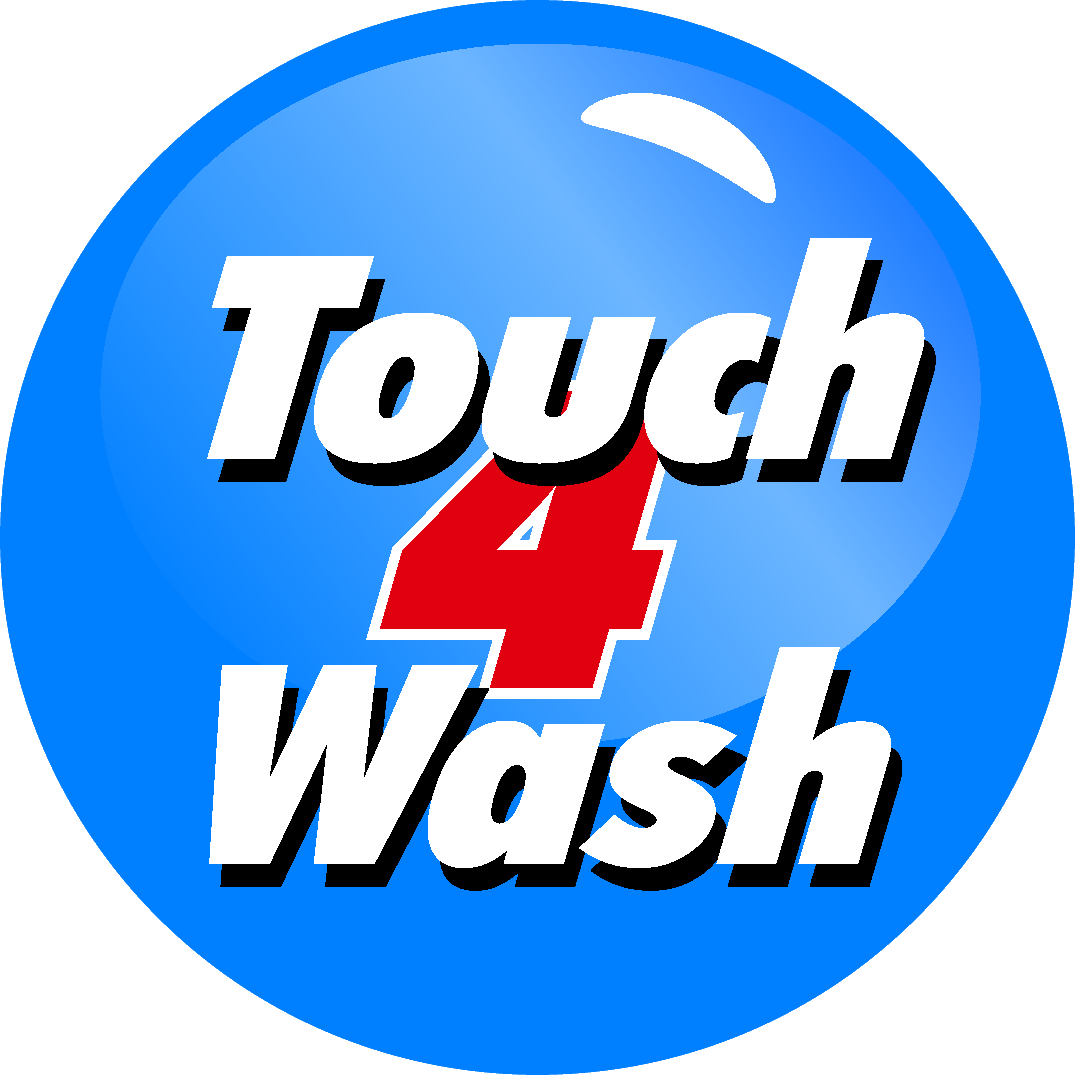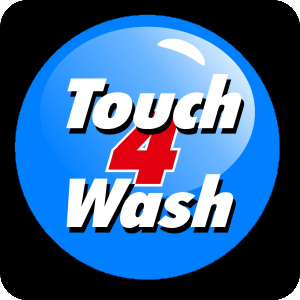|
Well the good news is you can build an excellent loyalty program that
offers the customer savings without the risk of heavy users from the unlimited membership approach.
The Membership Approach
Let's first look at the membership approach using some industry standards for usage.
The stats say to charge 2.3x your top wash level in the plan, then expect ≈4 washes per customer per month as an average.
Let's do the math on these results. If we focus just on washes, then you are basically giving away 1.7 washes each month (4 - 2.3), with some risk for
heavy users to max out their unlimited plans. 1.7 ÷ 4 gives you 0.425 or 42.5%. Keep in mind that when you launch these programs, you will attract the heavy users first.
These customers will see the value and jump on the plans, so your averages will be high till you get through this group and make your way to the lower user group you really want in these
plans - but this should be a temporary issue.
The Loyalty Program Approach
Now let's use the same approach with a loyalty program. You could build a similar value proposition with your loyalty plan. For example you could
set your loyalty plan to be buy 2 get 1 free. So a total of 3 washes in the program, two are paid for before you give the 3rd for free. 1 ÷ 3 gives you 0.333 or 33.3%.
You don't have to weed through the heavy users with this approach as the deal is the same no matter how often they use the program. This approach reduces your risk.
The real differentiator between the two type of programs is, which is easier to sell to your customers. The memberships statement
("wash as often as you like for the price of 2 washes") seems to have a higher value proposition to the customer, while the loyalty program is a more even playing field for both the
owner and the customer. Both are great deals, but which sells faster?
Keep in mind that nothing sells itself. Either approach will require investment of resources to achieve top performance.
So What's The Cost?
Let's look at these numbers to get a picture of expected cost. There are two ways to look at the membership approach. The most successful programs have employees selling the membership plans daily.
For this example we will look at this without employees to get a feel for how the a membership program aligns with a strong loyalty program.
The Membership Approach
Let's assume $24k annually (or $2,000 monthly)
will go to advertising (social, billboards, signage,etc...).
4 washes at $15.00 = $60.00 * 12 months = $720.00 annual value.
You are collecting $34.50 ($15.00 * 2.3) membership fee each month or $414.00 annually.
To offset the promotion costs you need 58 members to break even. These 58 customers will likely use a total of 2,784 washes.
Your total revenue from these 58 members would be $24,012
The Loyalty Program Approach
Let's do the same math with the loyalty approach. We will assume the same advertising to promote the loyalty program. Let's assume $24k annually (or $2,000 monthly)
will go to advertising (social, billboards, signage,etc...).
3 washes at $15.00 = $45.00 value.
You are collecting $30.00 for each 3 washes.
Industry stats indicate that the average person will wash
13 times annually. 13 ÷ 3 gives you 4.33 cycles of the loyalty program.
So you are collecting $130.00 (4.33 * $30.00) per customer annually.
To offset your advertising cost for this program, you will need 185 ($24k ÷ $130) customers participating in the loyalty program to break even.
These 185 customers will likely use a total of 2,405 washes
Your total revenue from these 185
customers would be $24,050
With the membership approach, your goal is to get folks to sign up and then you really don't want them to use the value (or you only want them to use it sparingly).
So you are kind of marketing a program that contradicts your expectations. But it might be easier to sell, with some risk for abuse.
With the loyalty program, you are actually advertising what you expect the outcome to be. "Buy two washes and I will give you a free wash". Your goals are aligned with the customers goals.
You secure the funds for two washes before you give the 3rd. You have mitigated the risk of over use and the program is automated, so easier to manage. This model does require more customers to be successful.
A final option to think about would be a Limited Membership Program. With these programs you can set the max number of washes allowed in a month and set your pricing accordingly. So you could
mimic the loyalty program by selling a 3 wash/month limited membership for 2 x the price of the wash level. Same numbers, just a different way to present the offer.
We have seen all these models have success. It really depends on your approach to these programs. Just be sure when you are shopping for a system to help manage these programs,
that you find one with the tools and flexibility to meet your goals.
|
|

